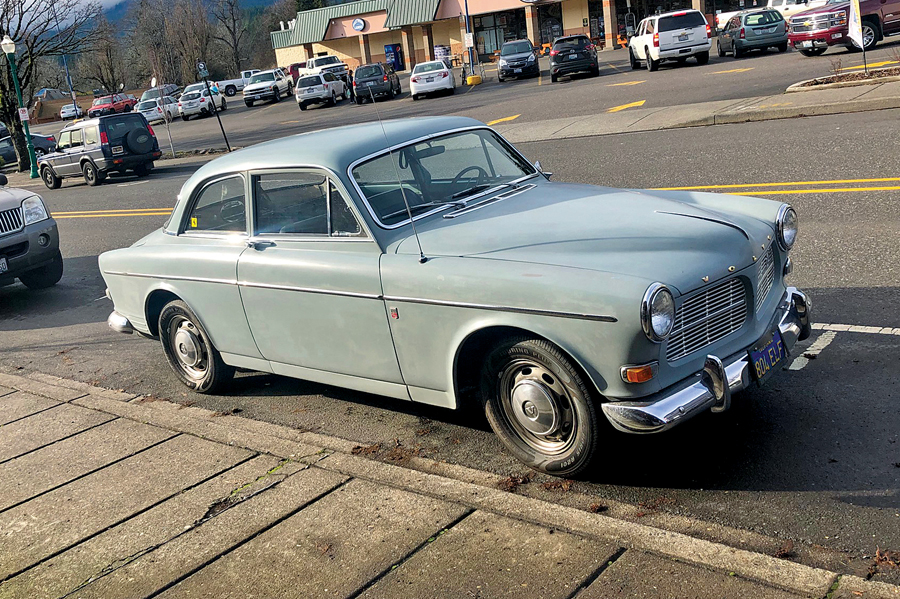I broke “The Draneas Rules.” Again. Our “Legal Files” columnist, John Draneas, constantly says that you should never buy a car without an inspection — and you should never send money to someone you don’t know (for a refresher, see this month’s column on p. 48). After willfully and intentionally disregarding both these maxims, I…
Two-Pedal Mettle

